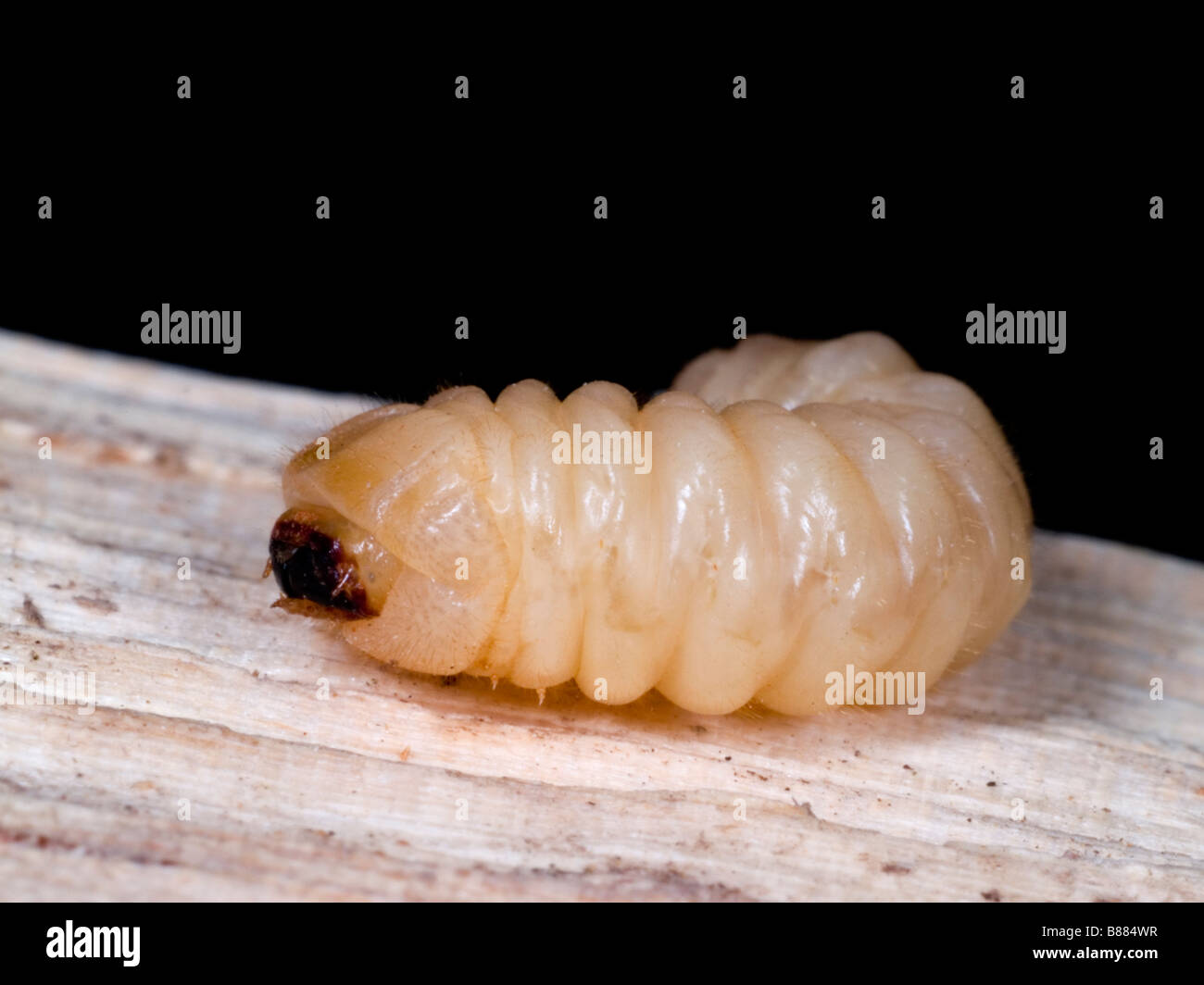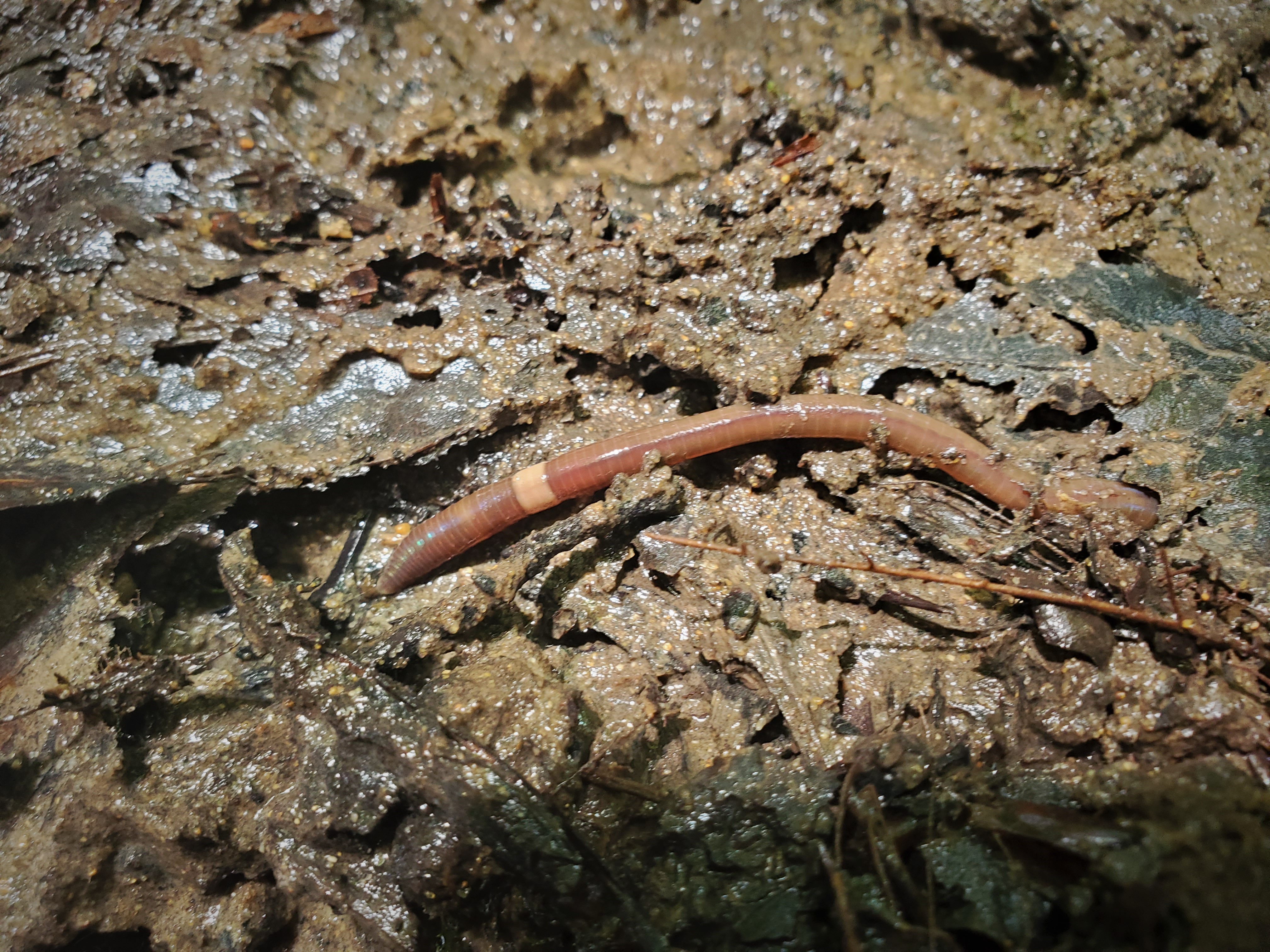


It is most unlikely that larvae of the largest and most damaging chafer beetle, the cock chafer, will be found in turf rolls because its life-cycle is much longer than the time taken to grow the turf crop. The most commonly found species is the garden chafer. There are several species of chafer beetles in the UK, the normal production cycle of turf growing ensuring that only the smaller of these are found in turf rolls. They can be up to 15 mm long and are usually found distinctively curled in their tunnel. They are whitish with a distinctly shiny brown head and six legs.
LARVAE UNDER ROTTENWOOD SKIN
Leatherjackets, the larvae of crane flies, can be up to 30 mm long depending on their age and have a grey-brown leathery skin and no legs or distinct head.Ĭhafer grubs are the larvae of chafer beetles. The most commonly found insect larvae are those of crane flies (daddy long legs) and chafer beetles.

If turf is being laid on the site of an existing lawn it is possible that the larvae are in the soil already – they may have been the cause of problems with the previous lawn. The insects and their larvae that may be found in rolls of turf are common throughout the British Isles and could develop within a few months from eggs laid by adult insects after the turf was installed. Once turf has been laid and has become a lawn, it can become the home to all of the pests and diseases which may occur naturally on an established lawn. Unless the insect larvae are found at the time the turf is being laid, it is sometimes difficult to decide whether they arrived with the turf or were already present in the soil on site. Insects of many types are common in gardens and the insect larvae which may be found in rolls of turf could equally be found naturally in an established lawn or elsewhere in the garden. In one way, this is a good thing because it means that fewer pesticides have been used in producing the turf – which is good for the environment and, in particular, good for other beneficial insects found around the turf farm. Under these circumstances, it is more likely than before that those insect larvae will be present in turf leaving the turf production fields. Recent concerns have led to the withdrawal of those pesticides used for the control of leatherjackets and chafer larvae. CHEMICAL CONTROL NO LONGER POSSIBLEīefore a chemical can be used by turf growers, farmers and homeowners it has to be approved by the Government. Occasionally, though, the larvae of two insects can damage turf if they occur in high enough numbers: crane fly (daddy long legs) and chafer beetle. The presence of these creatures is a sign of a healthy, living soil. Turf soils contain a vast array of living organisms, ranging from larger creatures such as larvae of beetles and flies, spiders, millipedes, earthworms and insects, to tiny microorganisms. Turf is one of the most natural products you can buy. Insect larvae are occasionally found in the soil layer of freshly delivered turf.


 0 kommentar(er)
0 kommentar(er)
